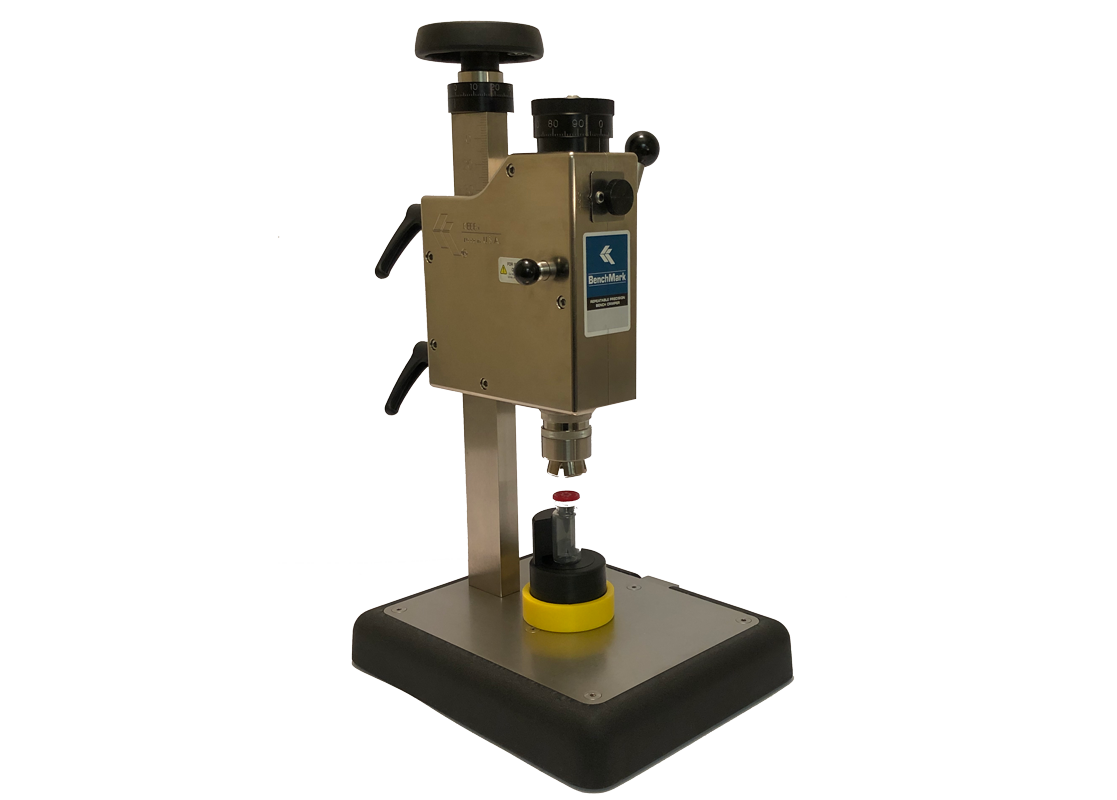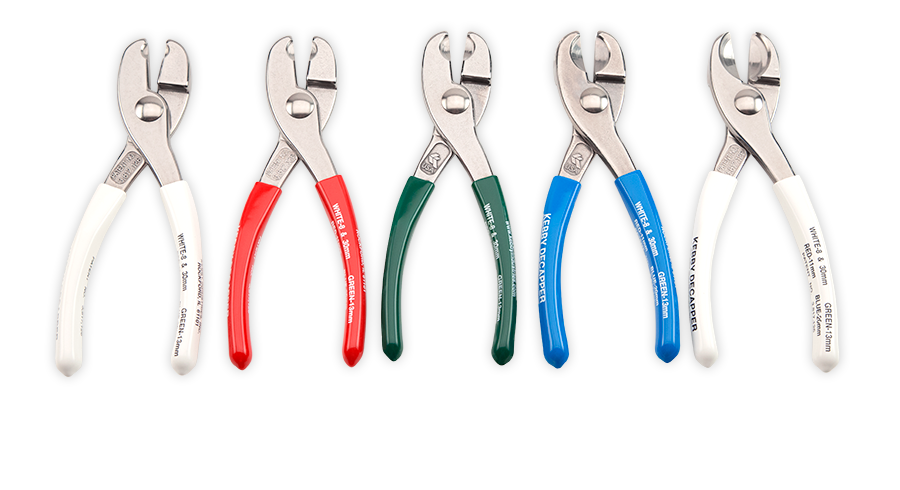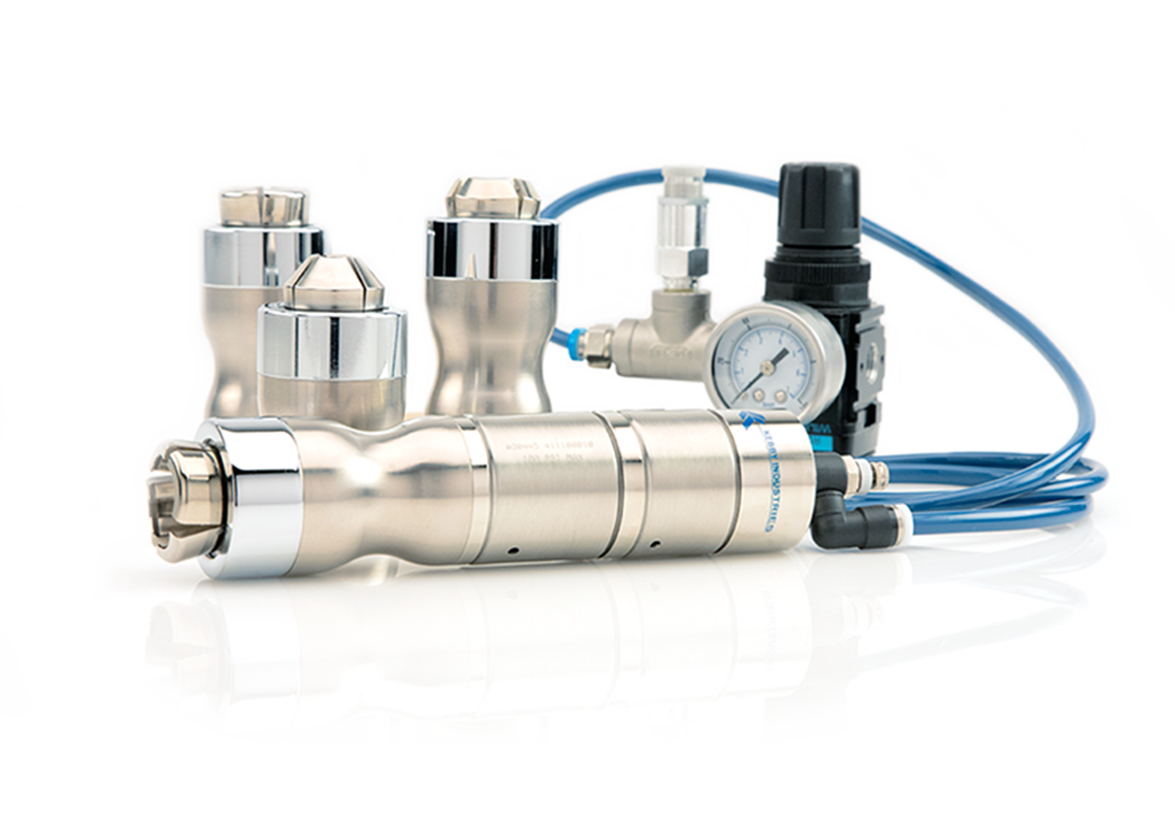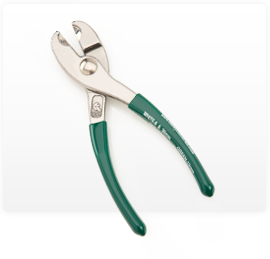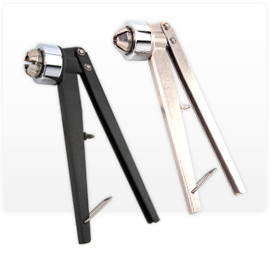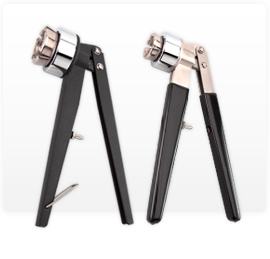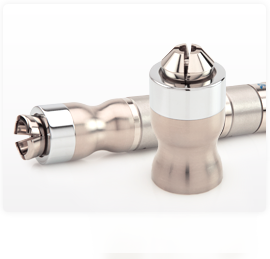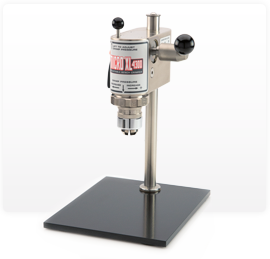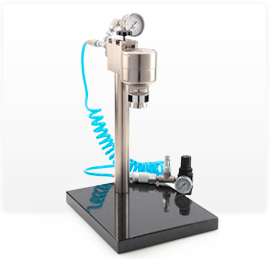The Processes Used to Make A Vial Crimper and Decapper
Pre-sterilized, Ready-To-Use (RTU) vials are rapidly gaining adoption inside the biopharma market, specifically for smaller batch applications. RTU vials simplify the processing requirements and facilities necessary to aseptically fill/finish drug goods by eliminating gear, utilities, and production space essential for container preparation. To realize the complete breadth of benefits RTU vials can supply, integration with conventional processes and gear must be carefully deemed. Modern and versatile technologies including robotics enable to streamline the integration of RTU vials into aseptic fill/finish processes. Let’s talk about how vial crimper and decapper are expected to totally close vials.
Vial Sealing Process
Vial sealing, or “capping” as commonly referred to, could be the final procedure needed to totally close a parenteral vial. The process merely described, entails placing a cap or over-seal atop a filled and stoppered vial, compressing the stopper with the cap then forming the cap’s aluminum skirt around the neck with the vial. The end result can be a vial having an effectively compressed rubber stopper with an optimal seal about the vial opening; sustaining the sterility and integrity of your drug product within. The vial crimper and decapper tool and sealing course of action are crucial to ensuring long-term sterility and good quality of the drug product, having a reliable and repeatable vial sealing course of action too has considerable regulatory significance.
Though appearing easy, you’ll find various technical variables that have to be optimized and maintained inside a production vial sealing course of action. Important variables like stopper compression should be monitored and controlled on a per vial basis to ensure that the cap applies the appropriate quantity of stopper compression before forming the cap skirt around the vial neck.
Present and Option Vial Sealing Technologies
The traditional cap forming approach normally makes use of two processes for vial sealing. The first and most typical for little scale applications is a jaw style crimper as well as the second being a rail design and style that may possibly be fixed or rotating. The vial crimper and decapper have the advantage of generating very small aluminum particles in the course of operation, but over time aluminum builds up around the jaws that could degrade the excellent with the vial seal. The rail style is nicely suited for greater speed production, provides improved stopper compression control, and forms a pharmaceutically aesthetic crimp. Unfortunately, this procedure can create larger particulate levels which can present a contamination threat to uncapped vials if not effectively contained.
The AST Vial Sealing Module overcomes places of high quality and regulatory concern. It integrates identified options to help keep particle generation to the absolute minimum, processes vials individually to provide complete traceability that every vial conforms to important process and regulatory specifications, and lastly has the flexibility to approach emerging press-fit cap options.
Made in the
— USA —
All Kebby products are proudly manufactured
and assembled in our Rockford, IL facility
Vial Crimper and Decapper Hand Tools and Equipment
Kebby Industries, Inc. manufactures and provides vial crimper and decapper products for crimping and decapping vials and bottles with aluminum crimp seals that are used in general laboratory applications and also sample preparation for chromatography. Kebby Industries began making hand crimpers and decappers in 1973. Since then, we have expanded our product line to include pneumatic and manual benchtop units along with our hand tool products. We currently manufacture vial crimpers and decappers to work with nearly 100 different sizes and styles of vial crimp seal, and we provide our products to customers on a global level.


